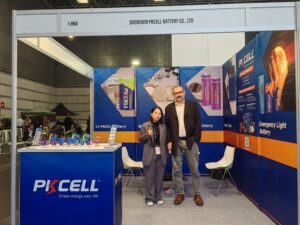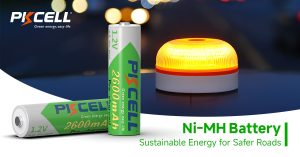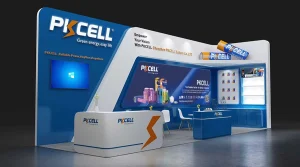Key Highlights
- 21700 and 18650 batteries are types of lithium-ion batteries. They are commonly used in power tools, electric vehicles, and other devices.
- 21700 batteries store more energy. They also have a higher energy density than 18650 batteries.
- You can find 18650 batteries more easily, which usually cost less for each cell.
- When you pick between 21700 and 18650 batteries, you should consider what you need for your application. Think about capacity, energy density, size, weight, and cost.
- Understanding the pros and cons of each battery type is important. This knowledge will help you make a smart choice.
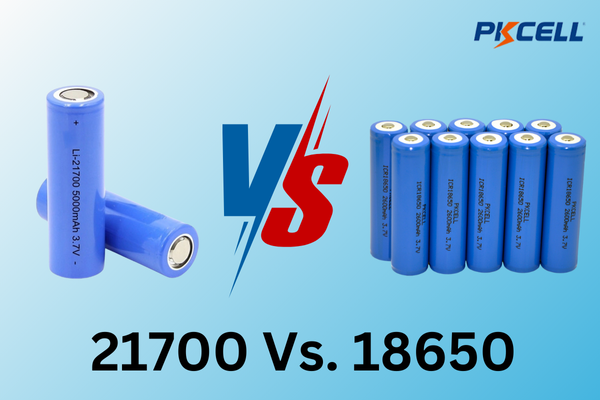
Introduction
Lithium batteries are very important in our world today. We use more electricity now than ever. These batteries power many things, like power tools, electric vehicles, and other devices. The 21700 and 18650 cells are two common types of lithium batteries in different sizes. They are popular because they work well. You can use them on many devices that need a lot of energy. This guide will teach you about these battery types. It will help you make a smart choice.
Understanding 21700 and 18650 Batteries
Both 21700 and 18650 batteries are types of lithium-ion batteries. People like them because they have a high energy density and can be recharged. You can find these batteries in many devices, including electric vehicles, laptops, power tools, and high-drain items like flashlights that require high power. They usually operate at a nominal voltage of 3.6 to 3.7 volts. However, they differ in capacity, size, and uses.
The size makes them different. The first two numbers show the diameter in millimeters (mm). The last two numbers show the length, which is also in millimeters. A ‘0’ at the end means the battery is a cylinder.
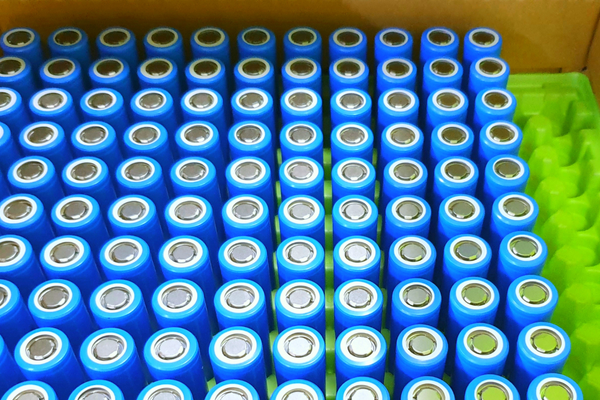
Features and Applications of 21700 Battery
Features
- Voltage: Nominal voltage of 3.6V to 3.7V, with a full charge up to 4.2V and a discharge cutoff around 2.5V–3.0V.
- Capacity: Ranges from 3000mAh to 5000mAh (some models reach 5100mAh), offering higher energy storage than smaller batteries like the 18650.
- Energy Density: Typically 250–300 Wh/kg, this provides more power per unit volume than predecessors (e.g., 18650’s 180–250 Wh/kg).
- Discharge Rate: High-drain variants support continuous discharge rates (CDR) of 30A–50A, suitable for power-intensive devices.
- Cycle Life: Lasts 500–1500 charge cycles, depending on chemistry, usage, and maintenance.
Applications
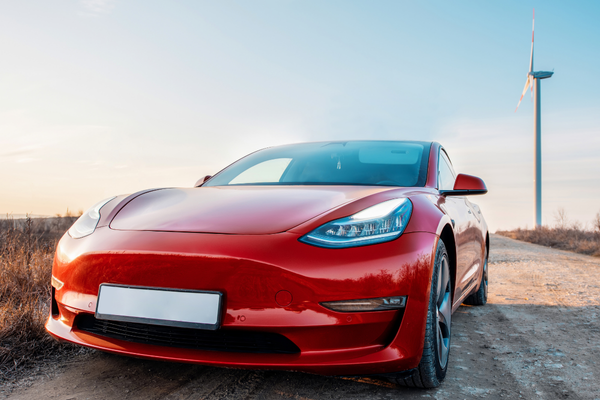
- Electric Vehicles (EVs): Used in Tesla’s Model 3 and other EVs for improved range and efficiency due to its higher energy density and reduced cell count in battery packs.
- Power Tools: Powers cordless drills, saws, and other high-drain tools, offering longer runtime and better thermal management.
- Flashlights: Preferred in high-performance LED flashlights for extended brightness and runtime, especially in tactical or outdoor models.
- Portable Electronics: Drives laptops, power banks, and vaping devices, where compact yet powerful energy sources are needed.
Features and Applications of 18650 Battery
Features
- Voltage: Nominal voltage of 3.6V to 3.7V, with a maximum charge of 4.2V and a discharge cutoff typically between 2.5V and 3.0V.
- Capacity: Depending on the manufacturer and chemistry, it ranges from 1800mAh to 3500mAh, offering a solid balance of power and size.
- Energy Density: Typically 200–250 Wh/kg, providing efficient energy storage in a compact form.
- Discharge Rate: High-drain models support continuous discharge rates (CDR) of 20A–30A, while standard versions range from 5A–10A.
- Cycle Life: Lasts 300–1000 charge cycles, influenced by usage, charging habits, and chemistry.
Applications:
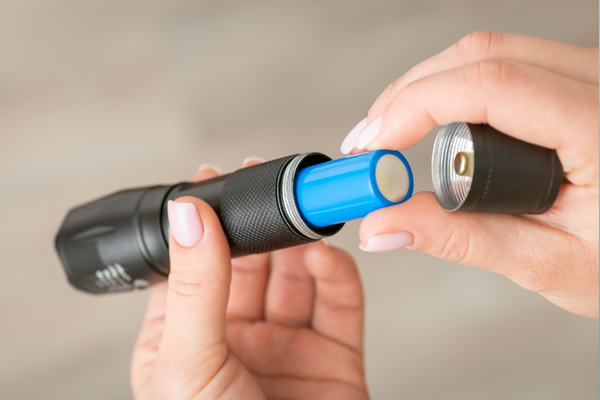
- Laptops: Powers battery packs in older and some current laptop models, offering a reliable energy source for portable computing.
- Flashlights: Common in high-performance LED flashlights, especially for outdoor, tactical, or emergency use, due to its capacity and discharge capabilities.
- Power Banks are portable chargers that provide backup power for smartphones, tablets, and other USB devices.
- Power Tools: Drives cordless drills, grinders, and saws, delivering sufficient energy for demanding tasks.
Pros and Cons of 21700 Battery
Pros of 21700 Battery
✅ More Power & Capacity – Holds more energy than 18650, so devices run longer.
✅ Better Performance – Higher power output, great for EVs and power tools.
✅ Fewer Batteries Needed – Packs store more energy with fewer cells.
✅ Longer Lifespan – Lasts more charge cycles than 18650.
✅ Improved Heat Management – Handles heat better, reducing overheating risks.
Cons of 21700 Battery
❌ Bigger & Heavier – Not suitable for small devices.
❌ More Expensive – Costs more than 18650.
❌ Limited Compatibility – Many devices only fit 18650 batteries.
❌ Takes Longer to Charge – Higher capacity means longer charging time.
❌ Heat in Large Packs – Needs good cooling in high-power applications.
Pros and Cons of 18650 Battery
Pros of 18650 Battery
✅ Smaller & Lighter – Fits more devices, easy to carry.
✅ Cheaper – Costs less than 21700.
✅ Widely Used – Works in many devices like flashlights, laptops, and vapes.
✅ Faster Charging – Charges quicker than 21700.
Cons of 18650 Battery
❌ Less Power & Capacity – Holds less energy, so it runs out faster.
❌ More Batteries Needed – Big battery packs need more 18650 cells.
❌ Shorter Lifespan – Wears out faster than 21700.
❌ Overheats More Easily – Gets hotter under heavy use.
Key Differences Between 21700 and 18650 Batteries
While these batteries may seem similar, there are important differences that help you pick the right one. The numbers on the batteries relate to their size. A 21700 battery is 21mm wide and 70mm long. In contrast, an 18650 battery is 18mm wide and 65mm long. This size difference matters because it influences their capacity and how you can use them.
The 21700 cell is larger than the 18650 cell. This larger size lets it hold more active material, which gives it a higher energy density. In simpler terms, the 21700 can store more energy in the same space. Devices that use 21700 batteries usually last longer before they need to be charged again.
Consider the table below for a quick comparison:
|
Feature |
||
|
Diameter |
21 mm |
18 mm |
|
Length |
70 mm |
65 mm |
|
Capacity |
Higher (typically 3000-5000 mAh) |
Lower (typically 1800-3600 mAh) |
|
Energy Density |
Higher |
Lower |
|
Cost |
More expensive |
Less expensive |
|
Availability |
Becoming more common |
Widely available |
Performance Comparison
The 21700 battery usually performs better than the 18650 battery. It has a higher energy density and a larger capacity. This means devices using 21700 batteries can last longer. For example, electric vehicles can go further with just one charge.
The 21700 is designed to handle higher currents. This is perfect for tools and machines that need a lot of power quickly. For instance, power tools that require high torque and electric vehicles that need fast acceleration can take advantage of this extra power.
The performance of the two battery types can vary. This change mostly depends on the cell’s chemistry and how the maker creates it.
Step-by-step Process in Selecting Between 21700 and 18650 Battery
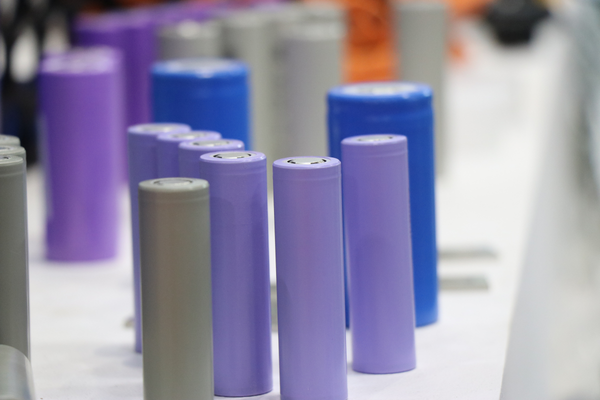
- Check Device Compatibility:
- If your device only supports 18650, you must stick with 18650.
- If your device supports both 21700 and 18650 (with an adapter), proceed to the next step.
- Consider Battery Life (Capacity)
- Choose 21700 if you need a longer runtime, as it has a higher mAh rating (4000-5000mAh).
- Choose 18650 if moderate capacity (2500-3500mAh) is sufficient.
- Evaluate Power Output (Discharge Rate)
- Choose 21700 for high-drain devices like power tools, e-bikes, and high-output flashlights (supports up to 45A discharge).
- Choose 18650 for low-to-medium-drain devices like vape mods, LED flashlights, and laptops (it supports up to 30A discharge).
- Consider Weight & Size Constraints
- Choose 18650 if weight and compact size matter (e.g., portable electronics, lightweight flashlights).
- Choose 21700 if size is not a major concern and you need more power.
Conclusion
When you are picking between 21700 and 18650 battery cells, it is important to understand their features and uses. Each type has its good points and drawbacks. You should choose based on your needs. Think about the size and how much power they can hold. Also, check if they will work with your devices. This will help you find the right battery cell for you. If you are still unsure, feel free to contact us for quotes. We can offer advice that fits your situation. Making a good choice will keep your devices running well for a long time.
Why Choose Pkcell?
Pkcell started in 1998. It is a top battery maker from China. They are known for their good and new power solutions. The company has a large factory that is 28,000 square meters. A team of more than 50 people works on research and development there. They have sold high-quality batteries to customers in over 100 countries.
We offer many types of batteries, including alkaline, carbon-zinc, button cells, Li-SOCl2, Li-MnO2, and rechargeable NiMH/NiCd batteries. We also provide lithium-ion batteries and battery packs. Our batteries are used in several fields, supporting industries like security, medical devices, smart homes, and consumer electronics. Contact Us Now!

Frequently Asked Questions
Can I use a 21700 battery in place of an 18650?
No, you cannot swap an 18650 battery for a 21700 battery or charge them with the same charger. Even though they are both lithium batteries, they vary in size, voltage, and discharge rates. This difference means they can’t work together. Using the wrong battery might harm your device or create safety issues. Always verify your device specifications or consult the manufacturer for the correct battery types.
Can I use 21700 instead of 18650 in a flashlight?
You should not change an 18650 battery to a 21700 battery in a Fenix flashlight without checking their compatibility. Flashlights are made for certain battery sizes and voltages. The bigger 21700 battery might not fit well. Even if it does fit, it may pull more current. This added demand can harm the flashlight’s parts or LEDs.
What are the main differences between 21700 and 18650 batteries?
21700 batteries are larger, have higher capacities, and can provide more power than 18650 batteries. They offer better energy density, longer lifespan, and improved performance. However, the 18650 are more widely used and compatible with various devices.

 USB Rechargeable Lithium Battery
USB Rechargeable Lithium Battery
